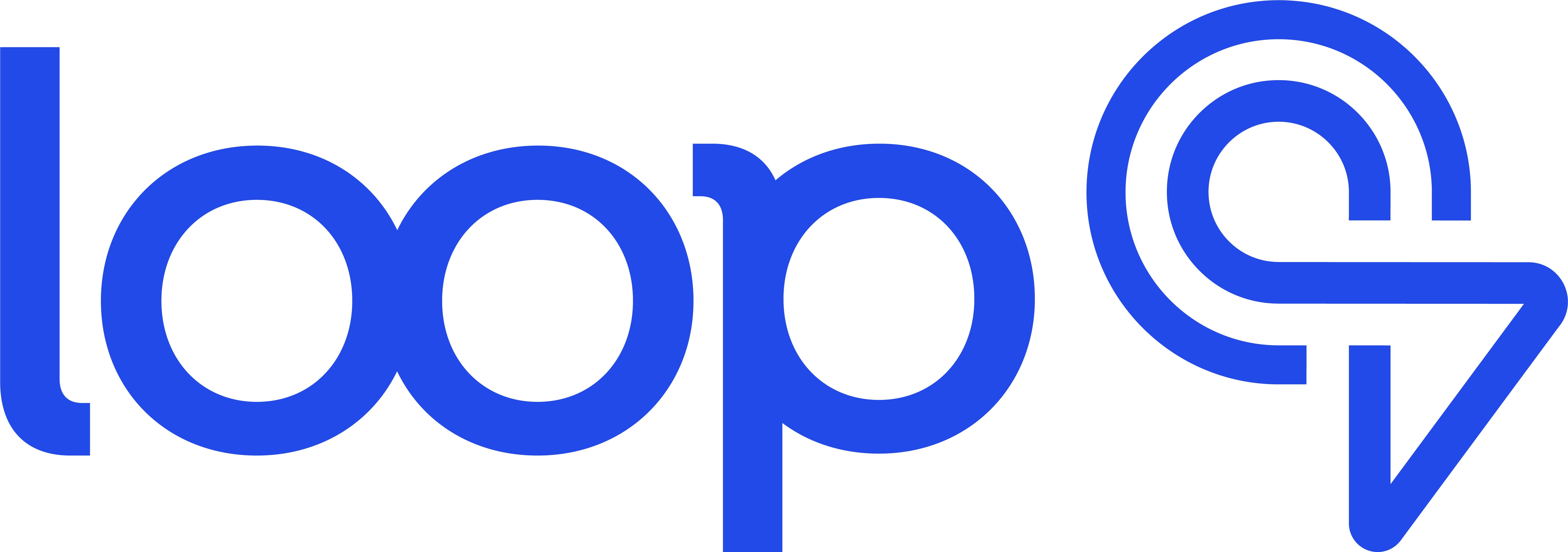Imagine stepping into a factory where robots work seamlessly alongside humans, where machines predict their own maintenance needs, and where production lines adapt in real-time to changing demands. This isn't a futuristic fantasy; it's the reality being shaped by the powerful convergence of automation, the Internet of Things (IoT), and Artificial Intelligence (AI). This synergy is not just about making things faster or cheaper; it's about creating entirely new operational ecosystems that are intelligent, adaptive, and predictive.
To grasp the magnitude of this revolution, let's look at the key players. Automation, once synonymous with simple mechanical tasks, has evolved into a sophisticated realm of digital programming. We're talking about systems that can execute complex processes with minimal human intervention, from robotic assembly lines to self-regulating climate control. IoT, the network of interconnected devices embedded with sensors and software, provides the "eyes and ears" of these systems. It's the infrastructure that collects and transmits vast amounts of real-time data, from temperature readings in a warehouse to the vibration patterns of a turbine. And then there's AI, the brainpower behind it all. AI algorithms analyze this data, identify patterns, and enable machines to learn, adapt, and make informed decisions.
The true transformative power emerges when these technologies intertwine. IoT acts as the sensory system, gathering real-time information from every corner of an operation. Automation uses this data to execute tasks with precision and efficiency. But it's AI that elevates this process to a new level of intelligence. Consider predictive maintenance: AI algorithms analyze data from IoT sensors monitoring machinery, detecting subtle anomalies that indicate impending failures. Instead of waiting for a breakdown, businesses can proactively schedule maintenance, minimizing downtime and saving substantial costs. This is not just theoretical; aluminum smelting plants and package sorting facilities are already benefiting from these predictive capabilities.
Furthermore, AI enhances security and reliability through anomaly detection. By continuously monitoring data streams, AI can identify deviations from normal behavior, flagging potential security threats or equipment malfunctions. In an age of increasing cyber threats, this capability is invaluable. And then there’s the push for autonomous operations. AI empowers IoT devices to learn from their environment and make decisions without human intervention. This is the driving force behind self-driving vehicles, smart homes that anticipate our needs, and autonomous robots that navigate complex environments.
This integrated approach is fundamentally reshaping industries. In manufacturing, smart factories are becoming the norm, with robots, IoT sensors, and AI optimizing production, quality control, and supply chains. In healthcare, we're seeing advancements in remote patient monitoring, AI-assisted diagnostics, and robotic surgery, leading to improved patient outcomes and more efficient care. Smart cities are leveraging these technologies to enhance urban living, with intelligent traffic management, optimized resource use, and enhanced public safety. Logistics benefits from real-time tracking and AI-driven route optimization, while the energy sector integrates renewable sources through smart grids, optimizing power distribution and reducing waste.
Of course, this technological revolution is not without its challenges. Managing the sheer volume of data generated by IoT devices, ensuring robust security and privacy, achieving interoperability between diverse systems, and addressing the ethical implications of AI are all critical considerations. Furthermore, the need for specialized skills in areas like data science, machine learning, and cybersecurity presents a significant hurdle.
Looking ahead, several key trends will shape the future of intelligent automation. Edge AI, which processes data closer to the source, will enable faster and more responsive applications. The widespread adoption of 5G connectivity will enhance communication between IoT devices and AI systems, supporting larger-scale deployments. Autonomous IoT systems, capable of self-monitoring and self-optimizing, will become increasingly prevalent. And generative AI will open up new possibilities for innovation, from optimizing production processes to creating personalized user experiences.
The market projections for AIoT and industrial automation underscore the growing recognition of these technologies as drivers of future innovation. As these technologies continue to converge and mature, they will pave the way for a future where intelligent and autonomous operations are the norm, transforming not just industries but our daily lives.


